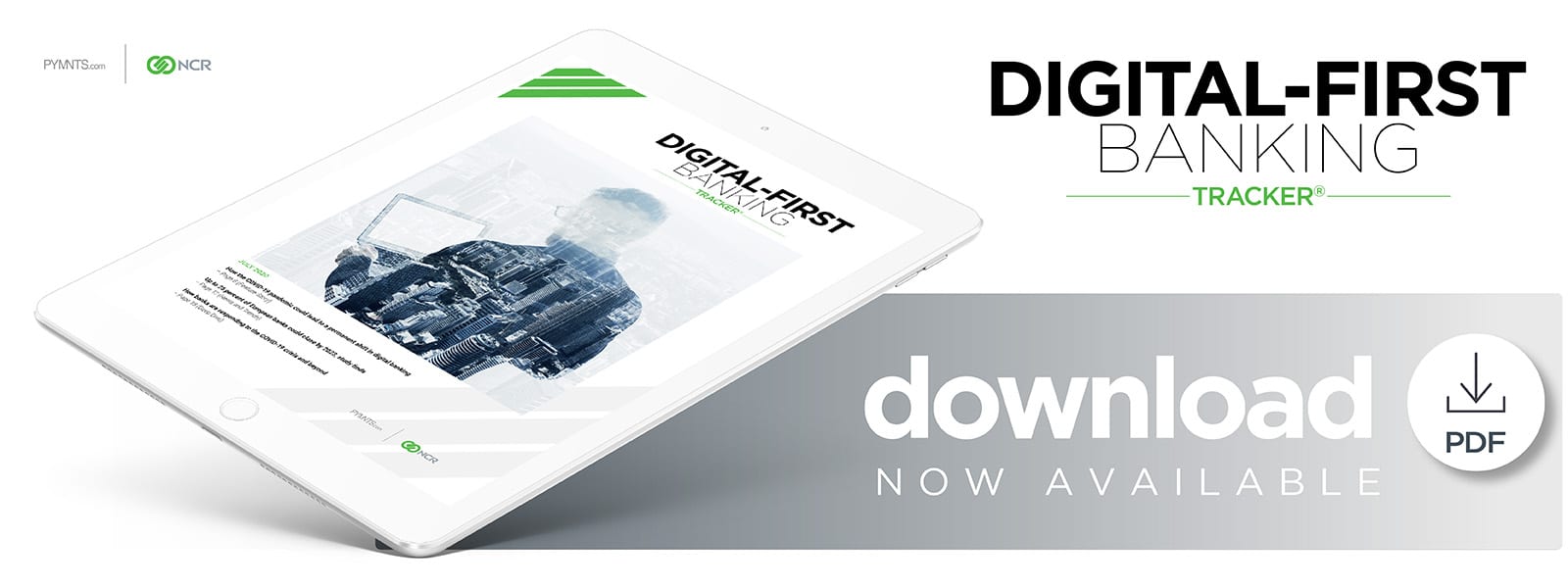How The COVID-19 Pandemic Could Lead To A Permanent Shift In Digital Banking

Six out of 10 customers don’t plan to return to bank branches after the COVID-19 pandemic recedes, instead favoring digital banking. But simply offering digital banking services doesn’t guarantee that customers will stay loyal to their bank, says Adam Swinemar, vice president of digital channels at Scotiabank. In this month’s Digital-First Banking Tracker, Swinemar discusses how personalization can drive customer loyalty and why it must go beyond customizing user dashboards and extend to products like loans and payment plans.
The COVID-19 pandemic has rattled the financial industry more than any event since the Great Recession. Banks have been designated as essential businesses and have largely remained open, but the normal way of doing business has all but disappeared. Bank branches around the world are being forced to reduce hours, limit the number of staff present and, in some cases, make customer visits by appointment only, all in the service of limiting human interactions to reduce the risk of COVID-19 infection.
More customers than ever before are turning to digital banking platforms as an alternative to branch visits, with online account openings increasing by more than 200 percent in April alone and mobile app traffic rising by 85 percent. Customers have radically altered their financial lifestyles and habits and banks are dramatically changing the ways they do business to adapt to the new normal.
“Banks have had to shift just as our customers have had to shift,” said Adam Swinemar, vice president of digital channels at the 25 million customer-strong Scotiabank. “We’re in this together. It’s a shared experience.”
Swinemar recently offered PYMNTS an inside look at the challenges that the transition to digital banking brings as well as the long-term benefits that this shift can provide to the world’s financial institutions (FIs).
Challenges In Digital Transitions
The biggest obstacle in this shift to digital banking, according to Swinemar, was the sheer speed at which the transition had to take place. The virus had been in the news since January, but the swiftness of the widespread lockdown across North America in early March took the banking industry by surprise. Banks across the U.S. and Canada have been pushing for digital banking for years now, but suddenly it was the only real option for many consumers.
“A lot of the challenges initially were around communicating to clients how the bank was there to support them [digitally], whether that was through support for relief programs, enabling them to use digital alternatives, and educating them on how to pay suppliers in a fully virtual way,” Swinemar said. “We had to pivot very quickly once we recognized that we didn’t have the capacity to reach out to all of our business customers one-to-one, so we had to leverage the digital channel to reach that audience.”
The other major challenge was recognizing that not all customers had the ability or desire to make a complete shift to digital banking and making sure that the bank could either guide them to alternatives or find a compromise that did not put them or bank staff at risk. Regular communication with customers was key to accomplishing this, Swinemar noted, as they found out which customers required extra help and accommodations.
“Not every client can seamlessly transition from fully manual or partially manual to fully digital,” he said. “Making sure that we recognize who those customers were and have processes and support teams in place to help them through that transition has been primarily where we’ve been focused over the past few months.”
Streamlining and simplifying digital onboarding processes was also crucial to ensuring smooth digital transitions. Customers that face friction in setting up digital banking profiles are extremely likely to abandon the process and possibly even find another bank. This indicates why a convenient onboarding experience is a key factor in any digital banking initiative, much less one occurring in the middle of a global crisis.
“[Banks] need to take an end-to-end view around how we transition clients to digital,” Swinemar said. “It’s not just about digitizing the onboarding and getting the fulfillment process done, but also about how we get them comfortable coming into the channel and using the services as a first-time user.”
These first-time users are likely to remain long-term digital banking customers even after the virus recedes, according to Swinemar.
Digital Banking In A Post-Pandemic World
Customers that are using digital services for the first time during the COVID-19 pandemic are quite likely to continue using them in a post-pandemic world. A recent study found that only 40 percent of bank customers plan to resume visiting bank branches after the pandemic recedes.
“Once they make that behavior change, those behaviors to digital tend to stick over time,” said Swinemar. “From a bank perspective, there’s obviously value in having our customers on digital from a capacity perspective, and for customers, there’s value in getting things done faster and with more transparency.”
Another benefit to this increased digital engagement is the opportunity for banks to have a more in-depth view into their customers’ financial lifestyles. In-branch customers only offer their FIs a perspective on how they spent and save their money, but banking apps let banks know when, where and how customers use their services.
“We’re using more data to identify opportunities for clients so we can have more optimal digital solutions, and we’re also passing that data over to our sales teams so that they can lead with digital conversations,” he said. “It’s not a replacement to a physical or personal relationship to our customers, but it helps us inform our conversions with customers.”
Customers will face multiple different online and mobile options for their banking needs as many banks around the world are leaning into digital options. It will be incumbent on banks to maintain customer loyalty through these targeted offerings, or customers will simply open accounts elsewhere.

